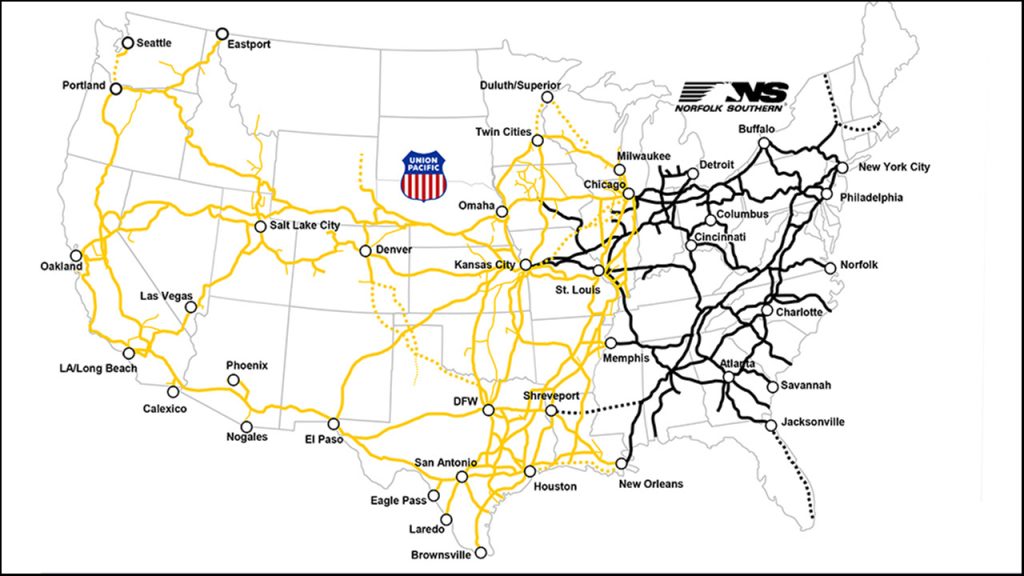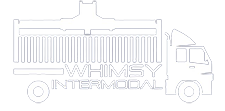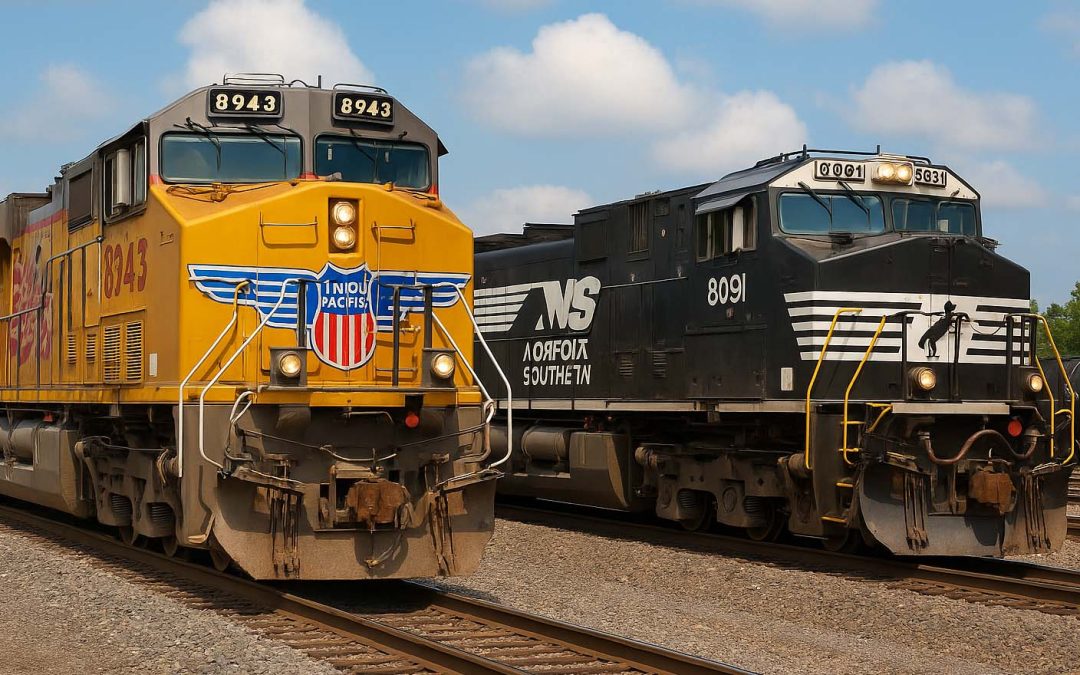What’s on the Table?
Early-Stage Discussions
Union Pacific is reportedly in early-stage discussions to acquire Norfolk Southern, positioning itself to become the largest rail operator in the country. While talks are underway, there’s no guarantee a deal will finalize, and several regulatory hurdles remain.
The $85 Billion Proposal
In late July 2025, both companies formally announced a deal valued at $85 billion. The plan: unify their networks to create the first coast-to-coast freight railroad in the U.S., spanning over 50,000 miles across 43 states with connections to roughly 100 ports and international interchanges.
Financials & Timeline
The proposed structure would give Norfolk Southern shareholders a combination of cash and Union Pacific stock. Union Pacific projects approximately $2.75 billion in annual cost synergies, aiming for improved earnings in the second full year following the merger. The companies are targeting a closing date by early 2027, pending shareholder and regulatory approvals.
Why a Transcontinental Railroad Matters
Streamlined Intermodal Service
A unified network could significantly improve logistics efficiency. By eliminating the need for interchanges between different rail providers, shipments—particularly intermodal containers—could move more quickly and seamlessly across the country.
Intermodal traffic is expected to account for more than half of the combined network’s volume, underscoring the importance of this deal to the broader supply chain.
Access to Underserved Corridors
Executives at both companies anticipate that the merger will expand rail outreach into underserved markets in the central U.S. and help capture freight that might otherwise move by truck. With enhanced coast-to-coast reach, the companies hope to deliver a competitive alternative to highway transport.
Monumental Scope
If completed, the merger would create the most expansive freight rail network in American history. It represents the largest consolidation of U.S. rail infrastructure in decades and would reshape how freight is moved coast-to-coast.
 (image: James McMahon / Railway Age)
(image: James McMahon / Railway Age)
What Could Be the Concerns?
Reduced Competition
One of the major concerns from industry stakeholders is the potential reduction in competition. The merger would reduce the number of major U.S. freight railroads from six to five, potentially impacting shippers’ bargaining power and pricing.
Regulatory Scrutiny
Any merger of this size will face intense scrutiny from federal regulators, including the Surface Transportation Board (STB) and the Department of Justice. These agencies will evaluate the deal based on public interest, fair competition, and the potential for service disruption.
Integration and Transition Risks
Beyond regulatory concerns, merging two massive organizations comes with logistical and operational risks. Challenges include aligning systems, integrating workforces, and managing any service disruptions that might arise during the transition. Investors have also responded cautiously, weighing long-term benefits against short-term uncertainties.
What This Means for Intermodal Customers
For shippers that depend on intermodal flexibility and routing options, a single-network operation promises both advantages and adjustments:
- Seamless coast-to-coast service could reduce delays and eliminate handoffs between carriers.
- Fewer routing alternatives could reduce competition and lead to higher costs in certain markets.
- Existing partnerships between intermodal providers and railroads may need to evolve, depending on the merged entity’s new strategy.
As the companies consolidate, industry observers are watching closely to see how third-party logistics providers and intermodal shippers adapt.
Looking Down the Line
The proposed merger between Union Pacific and Norfolk Southern—pending regulatory approval—is poised to redefine America’s freight rail infrastructure. It could usher in smooth, coast-to-coast connectivity and operational synergies, reshaping intermodal logistics. Yet, concerns over competition, service quality, and regulatory complexity temper the promise of this historic consolidation.
As the process unfolds, stakeholders from shippers to service providers will watch closely. And businesses like Whimsy Intermodal are preparing to remain agile:
Whimsy Intermodal will closely monitor this evolving situation and its implications, so we can continue to offer the most responsive, efficient solutions to our customers—regardless of how the rail landscape changes.
Sources and Further Reading
- Reuters: Union Pacific, Norfolk Southern explore cross-continental railroad merger
- FreightWaves: UP-NS merger puts intermodal giants on the wrong side of the map
- BBC News: America’s coast-to-coast railway merger on the horizon

